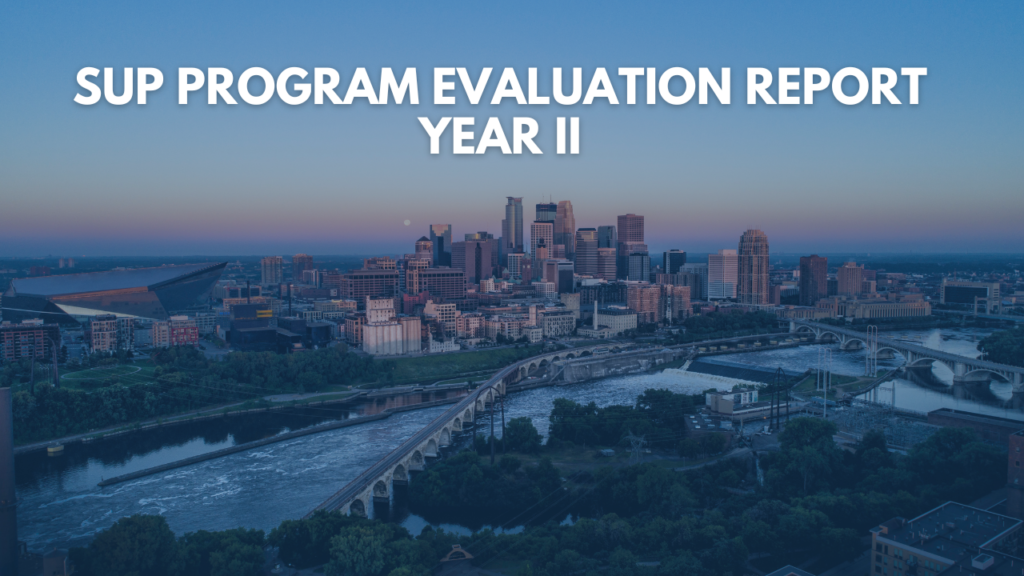
This report evaluates the Stand Up Participate (SUP) program for its performance and outcomes of the second program year (September, 2015- August, 2016). SUP program is a three-year community-based program focuses on at-risk minority youth in North Minneapolis, Brooklyn Park, and Brooklyn Center. With the changing demographic characteristics in the state of Minnesota, especially fast rising African American and Southeast Asian American population, makes the issues of minority educational disparities, youth violence prevention, and bicultural healthy living conditions increasingly critical in these minority-concentrated areas.
Asian Media Access (AMA) is a Minneapolis-based nonprofit organization which provides comprehensive community media arts education services, and supports creative solutions for problems faced by Asian American & Pacific Islander (AAPI) community through education, production, information technology, and community organizing . Together with ten key partners , AMA initiated this program with the grant from the Office of Minority Health (OMH) in 2013, as part of Minority Youth Violence Prevention (MYVP) Initiative. Based on the expectation of this grant and aligned with the mission of OMH, SUP program was designed to realize the following goals: 1) to improve coordination, collaboration, and linkages among state and/or local law enforcement, public health, social services, and private entities to address youth violence and crime prevention; 2) to improve academic outcomes among participants of MYVP initiative; 3) to reduce negative encounters with law enforcement; 4) to increase access to needed public health and/or social services; 5) to reduce community violence and crimes perpetrated by minority youth; 6) and to reduce violent crimes against minority youth. At the end of the second program year, the evaluation report will go over the process of the SUP program during this year, and evaluate the extent to which these goals has been realized.
Hispanic Advocacy and Community Empowerment through Research (HACER) is accountable for the evaluation and research part of this program. HACER cooperates with AMA in a community-based participatory manner. On the basis of previously created logic model and program theory, we used survey and observation as the main tools for this year’s evaluation, assisted by program documents review and analysis of statistical data released by government departments. This evaluation report is important to show SUP program partners’ efforts throughout the past year, to have a comparison of performance and outcomes gained by youth participants between the first and the second year, and to make recommendations for further development of this program. Restricted by limitation in personnel and timeline, there should have been more diversified instruments used for a more comprehensive inquiry that were not implied in the end, which we will try to improve in the following year.
